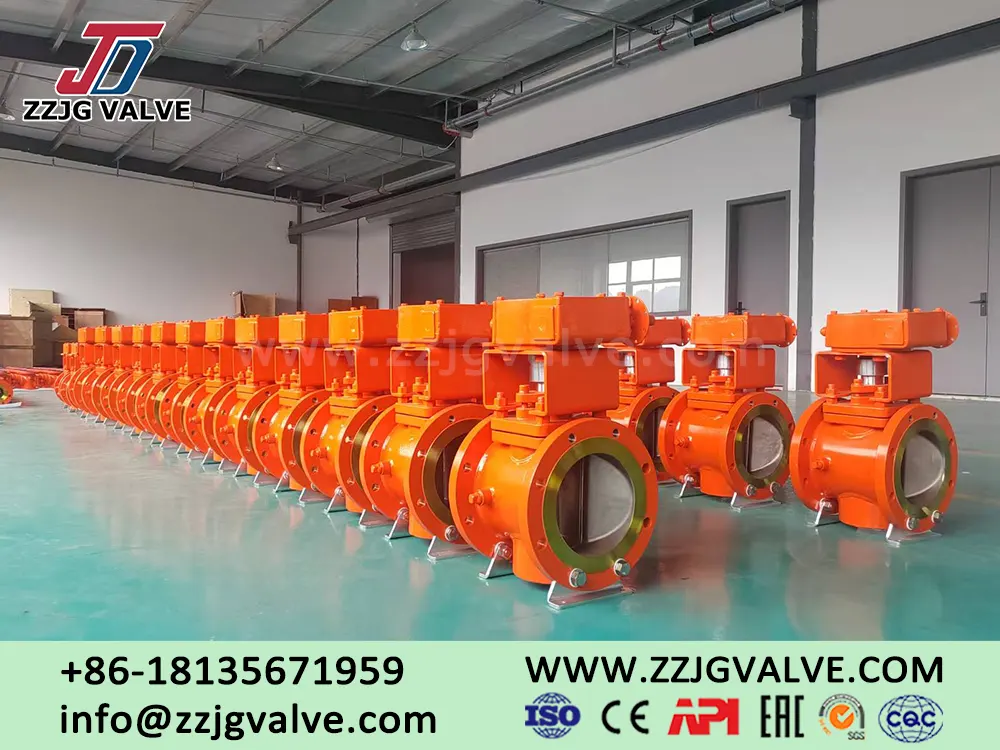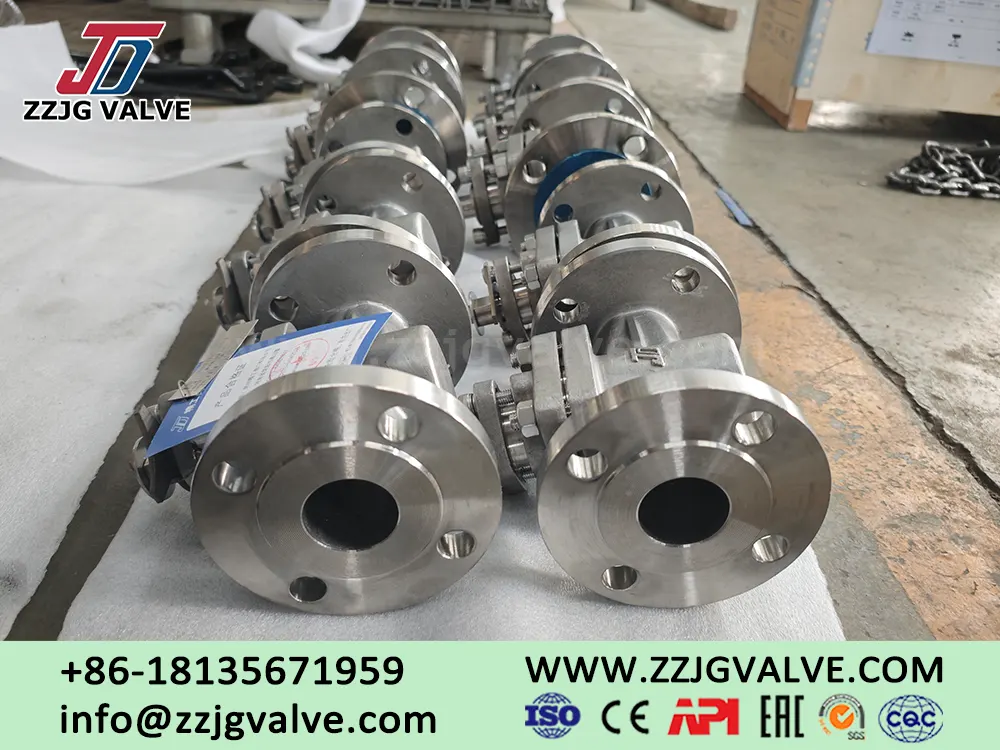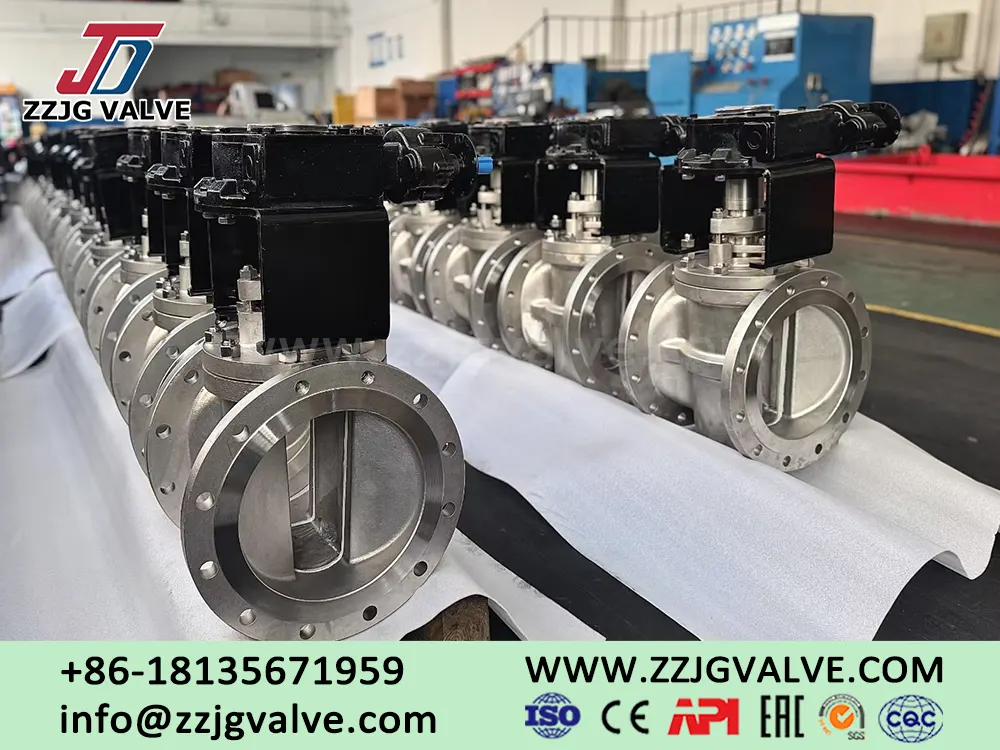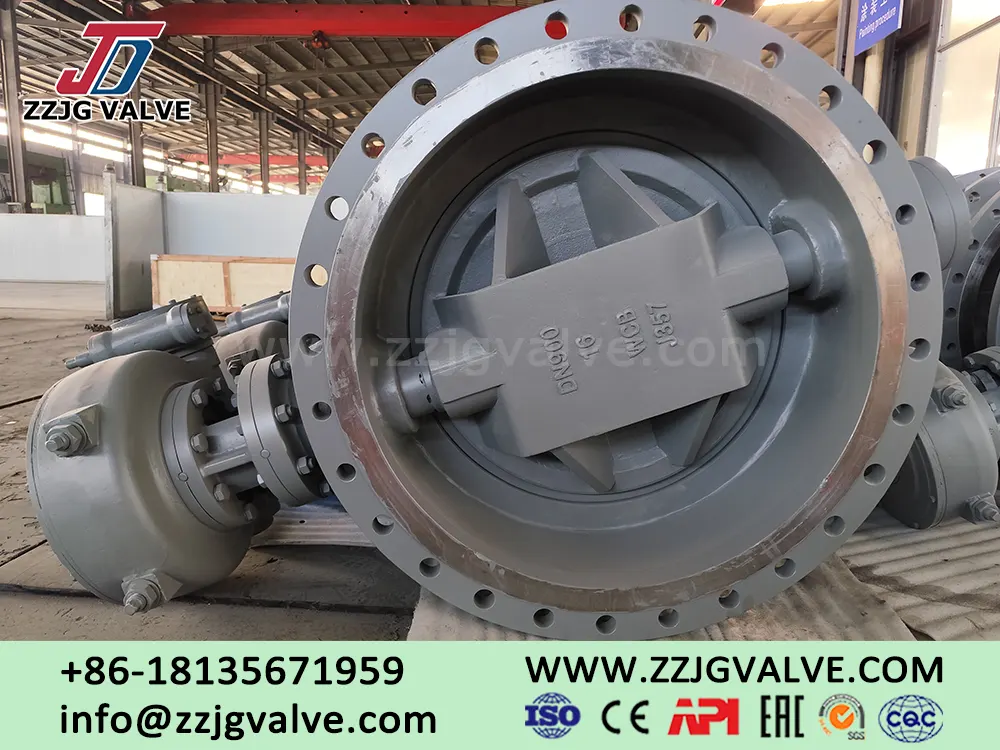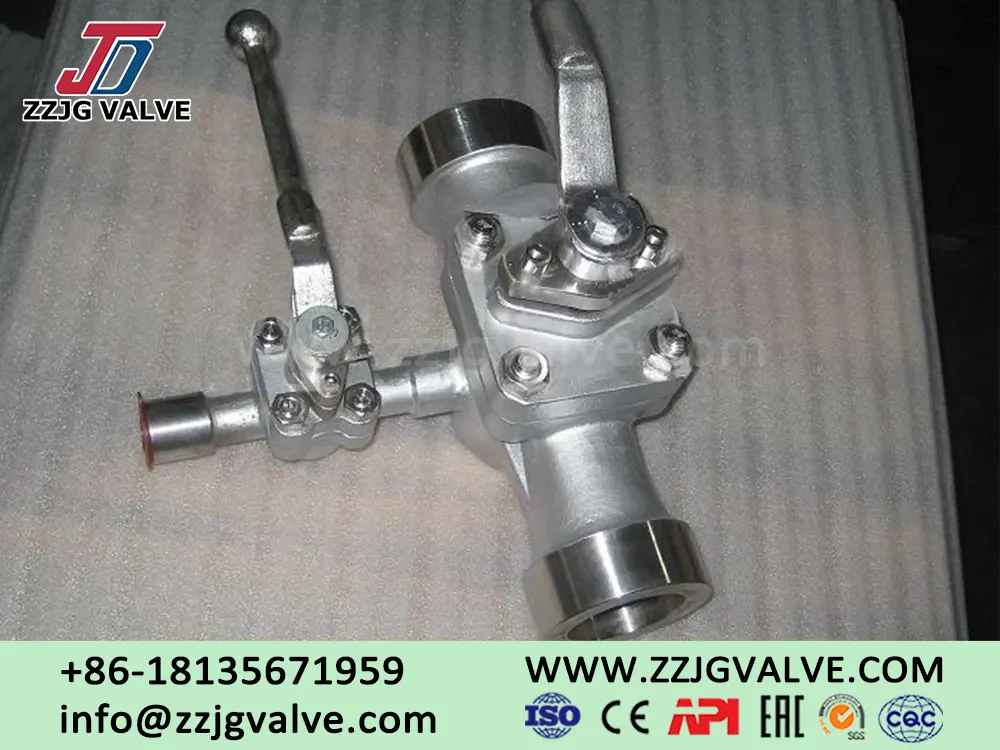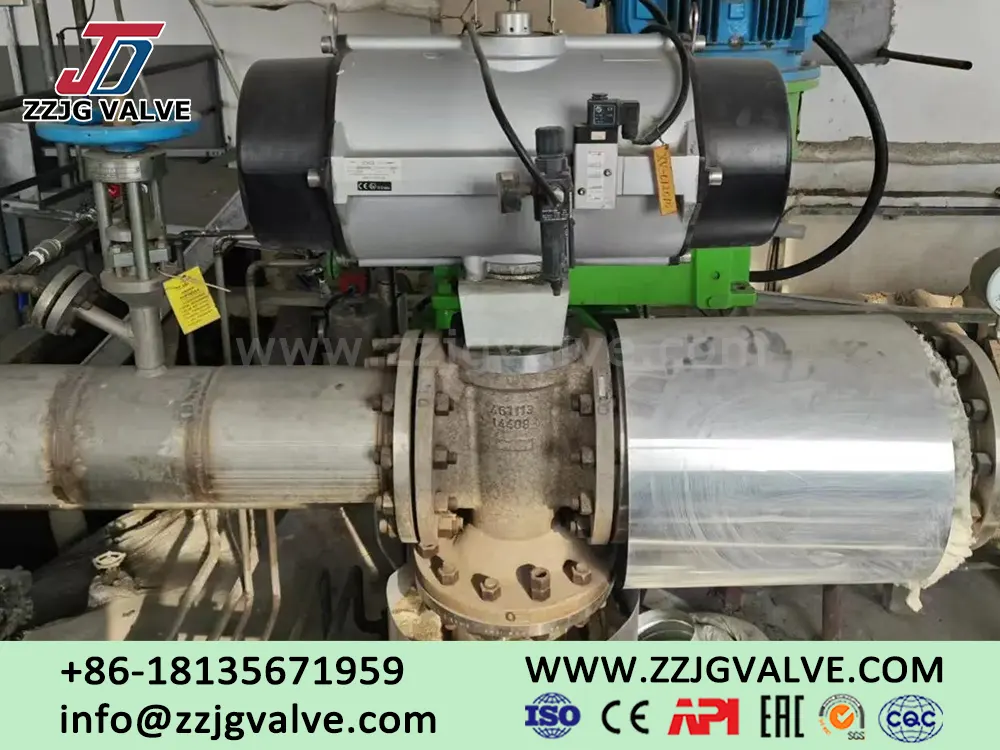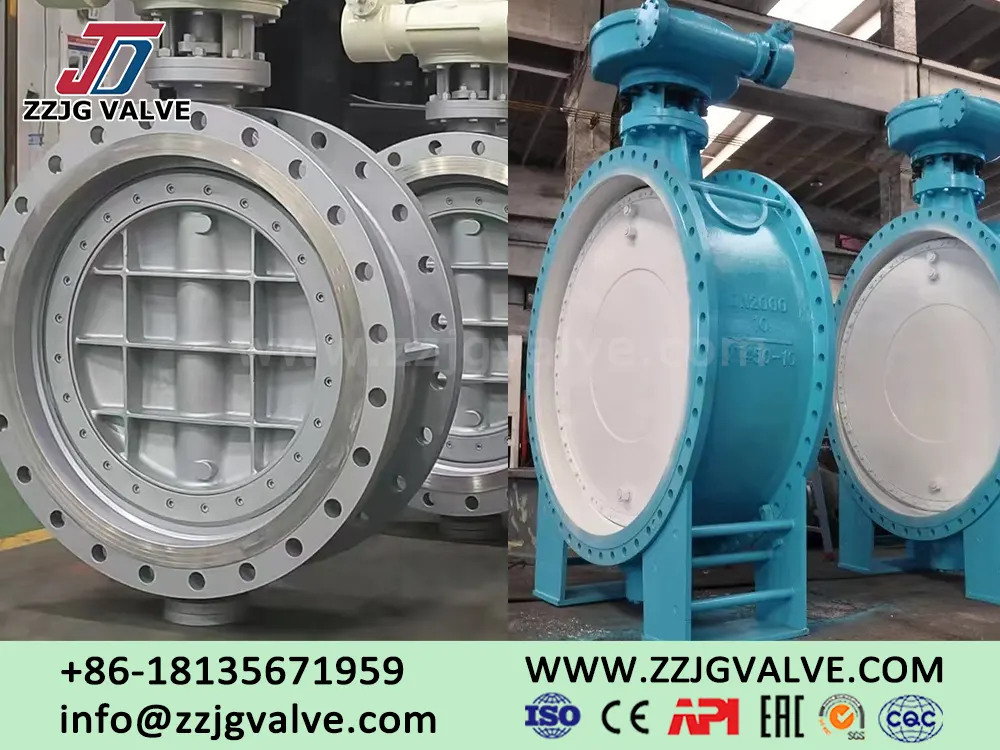South American Valve Market Analysis & Trends
The South American valve market has shown a steady growth trend in recent years, mainly driven by energy, mining, water treatment and industrial development. The following is a comprehensive analysis of the market:
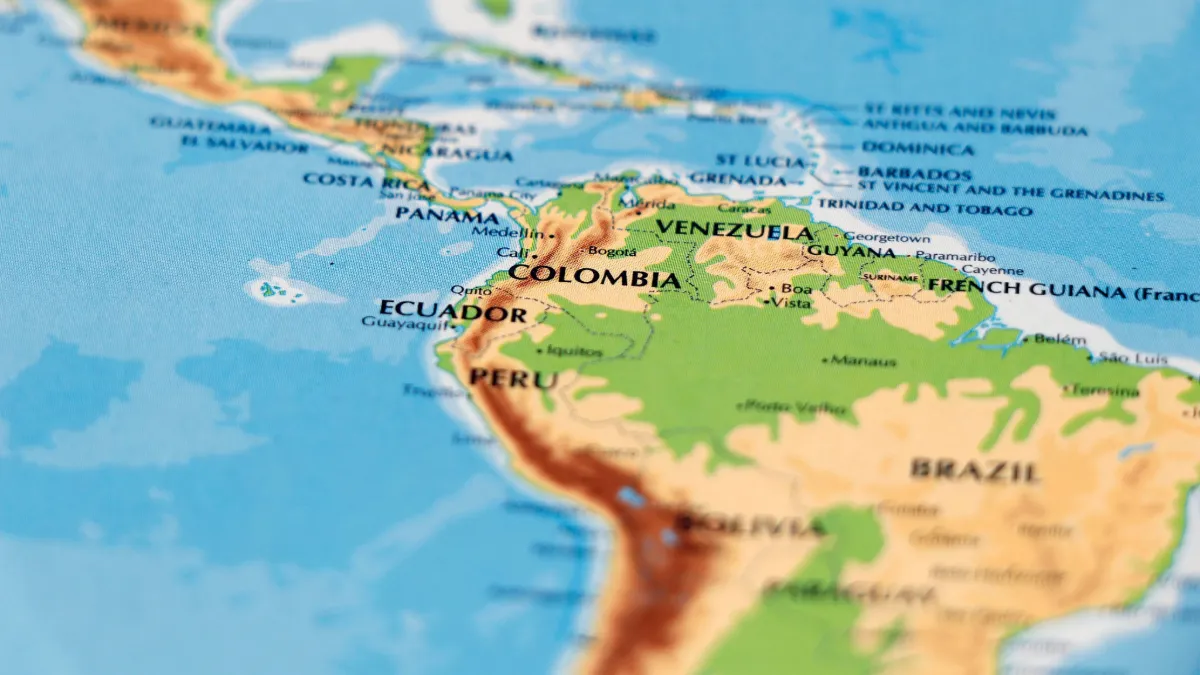
1. Market Size & Growth
2023 Valuation: approximately US$1.5-2 billion, with an estimated compound annual growth rate (CAGR) of 4%-6% from 2024 to 2030.
Growth drivers:
- Energy and oil and gas: Oil and gas exploration (especially offshore oil fields) in Brazil, Colombia, Argentina and other countries drives demand for high-end valves.
- Mining: Copper mines in Chile and Peru, and iron ore projects in Brazil require a large number of wear-resistant and corrosion-resistant valves.
- Water treatment: Urbanization and upgraded environmental regulations drive investment in water infrastructure.
- Industrial expansion: Light industries such as food, beverage, and pharmaceuticals have increased demand for sanitary valves.
2. Major National Markets
- Brazil: It occupies the largest share in South America (approximately 40%), and the oil (such as subsalt oil fields), ethanol fuel and chemical industries are the core sources of demand.
- Argentina: Shale gas development (Vaca Muerta oil field) stimulates valve demand, but economic fluctuations affect investment.
- Chile and Peru: Mining dominates (accounting for more than 50% of valve demand), ball valves and gate valves are in high demand.
- Colombia: Oil and gas pipelines and refinery projects drive the market.
3. Valve Types & Applications
- Ball valves: Dominate the market (high pressure resistance, good sealing), suitable for oil and gas transportation.
- Plug valves: Sand-containing, high-viscosity fluids, such as heavy oil pipelines, partially replace ball valves, especially in conditions containing solid particles.
- Butterfly valves: Commonly used in water treatment and HVAC systems, due to low cost and easy installation.
- Control valves: Process industry (chemical, pharmaceutical) automation demand grows.
- Material trends: Stainless steel valve share increases (corrosion resistance demand), but carbon steel still dominates (low cost).
4. Competitive Landscape
- International brands: Emerson, Flowserve, Schlumberger, etc. occupy the high-end market through local cooperation or factory establishment.
- Local companies: Brazil's TecnoValve, Argentina's Aceros Orinoco, etc. compete for the mid- and low-end market with price advantages.
- Chinese suppliers: gradually penetrate with cost-effectiveness, but face tariffs and certification barriers (such as ANSI/API standards).
5. Challenges & Opportunities
Challenges:
- Political and economic instability (such as inflation in Venezuela and Argentina) affects project investment.
- Localization requirements (such as high tariffs in Brazil) push up import costs.
Opportunities:
- Green energy: Hydrogen and biofuel projects bring new demand.
- Replacement market: Update of old infrastructure (such as Chilean copper mine pipeline system).
- Digitalization: The penetration rate of smart valves (IoT integration) in large factories has increased.
6. Market Access Suggestions
- Certification and standards: Priority is given to API 6D, ISO 15848 (industrial valves) and ANSI/ASME B16.34.
- Distribution model: Cooperate with local agents (such as the professional network of Distribuidores de Válvulas in Brazil).
- Customized services: Wear-resistant coated valves are provided for the mining industry, and easy-to-clean designs are provided for the food industry.
7. Future Outlook
By 2030, liquefied natural gas (LNG) projects in Brazil and Argentina may become a new growth point.
Regional trade agreements (such as the Pacific Alliance) may reduce the cost of cross-border trade of valves.
For in-depth analysis of specific countries or valve types, further discussion is available.
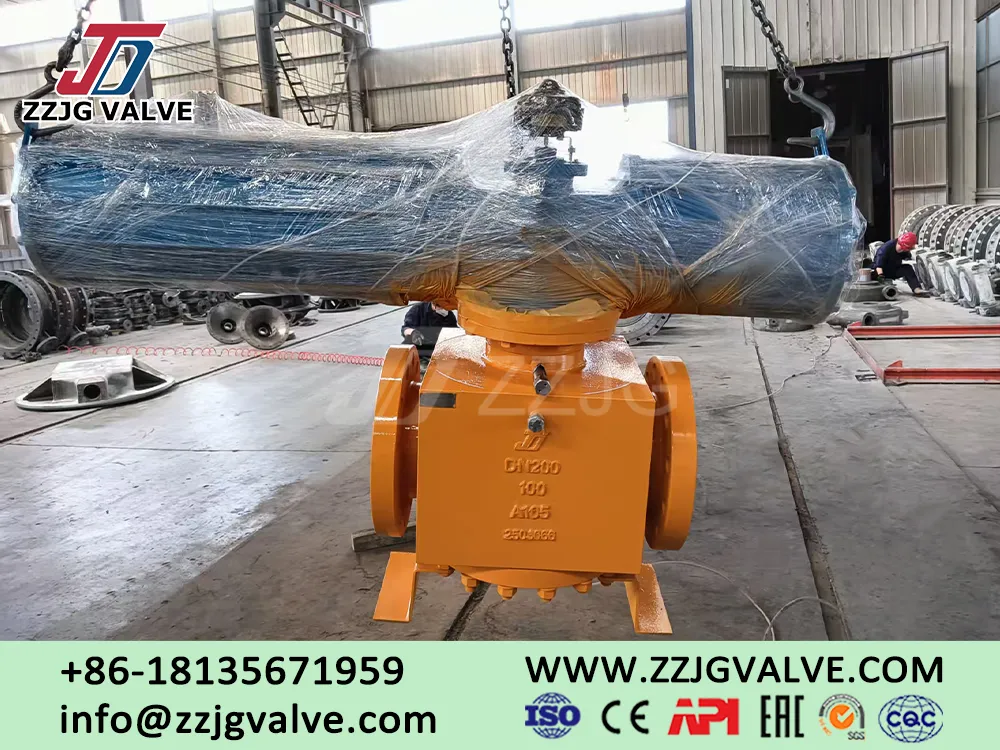
If you need valve products, please contact ZZJG VALVE COMPANY.
Berikutnya: The differences between butterfly valves and gate valves

